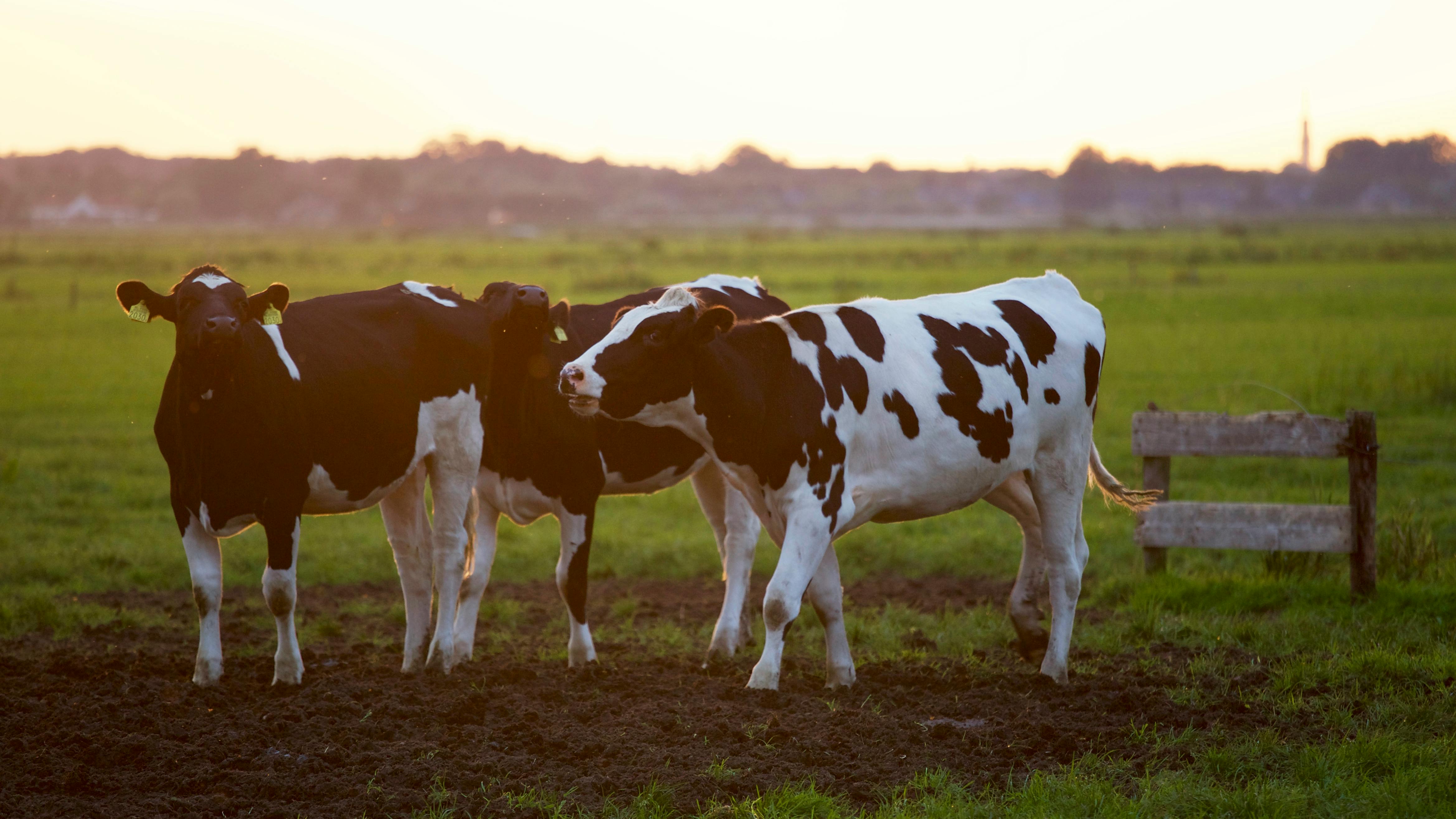Consumer study / Milk & Dairy Survey
Introduction to the study
I want to invite you to participate in a cow’s-milk consumer survey. This study is part of the
ET4D project implemented
in several European countries. In Germany the project is carried out by the Leibniz Institute of
Agricultural Engineering & Bio-economy (ATB).
The major goal is to capture consumers’ opinions about milk, dairy products and the conditions under which they are produced. The survey is anonymous and results will be reported only as aggregated statistics, so no participant can be identified.

What Do Consumers Think About the Environment and Cow Welfare?
About the study
As part of the ET4D project, we conducted a consumer survey in six countries: Poland,
Germany, Denmark, Estonia, Hungary, and Turkey. The study included 360 participants and
explored consumer attitudes and behaviours related to milk and dairy products, with a
particular focus on environmental sustainability and animal welfare.
Strong Environmental Awareness, but Traditional Habits Still Dominate
The vast majority of respondents (almost 90%) believe that individual lifestyle choices can impact the environment – positively or negatively. More than 60% declared a willingness to change their lifestyle to help protect nature, and over three-quarters said it is worth paying more for healthy food. However, when it comes to purchasing decisions, traditional factors such as price, taste, and brand still dominate. Only 3.9% of respondents spontaneously mentioned the environmental impact of milk production as a consideration. Even when prompted, just 23% considered it important. This suggests a clear gap between declared values and actual shopping behaviour – and highlights the need for better communication tools and clearer information.

Growing Sensitivity to Animal Welfare
Consumers are increasingly aware of how dairy animals are treated. When asked open-ended questions, nearly half of respondents mentioned housing conditions for cows as an important concern. Other frequently cited issues included access to pasture (29%), feeding practices (27%), and animal health (22%). When shown a list of options, even more participants selected animal-related factors, with animal health mentioned by over 40%. Importantly, more than half of respondents said they would be willing to pay up to 30% more for milk labelled as coming from farms that meet high animal welfare standards. This willingness was especially strong in Poland and Turkey.

Country Differences Matter
Consumer priorities vary significantly by country, reflecting national cultures and purchasing habits:
- Germany and Denmark showed the highest sensitivity to both animal welfare and organic production. German respondents stood out for their consistent concern with housing conditions, pasture access, and environmental impact.
- Estonian and Danish consumers placed high importance on the local or national origin of milk.
- Polish participants were especially interested in feeding practices and pasture access and showed the strongest intent to pay more for ethically produced milk.
- Hungarian consumers were the most price-sensitive and least likely to prioritise ethical concerns.
What matters most when buying cow’s milk?

Buying for Others: A Shared Decision-Making Process
Another important finding is that most consumers (77%) do not buy milk only for themselves. They often shop for family members or other household members, which means that purchasing decisions must take into account multiple preferences. More than half of respondents said they frequently discuss shopping choices with others. This dynamic makes it even harder for values like environmental impact or animal welfare to guide final decisions, especially when cost and familiarity also play a role.
Information Is Key
Consumers want to make better choices, but they need the right consumer information tools. Many respondents said they support stronger penalties for producers who mistreat animals (94%) and are willing to boycott unethical companies (74%). At the same time, the ability to act on those values is limited. A key barrier is the lack of clear, accessible information about how milk is produced.